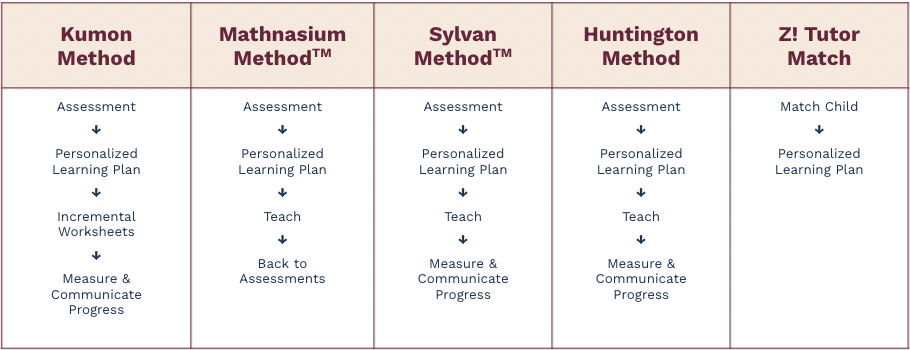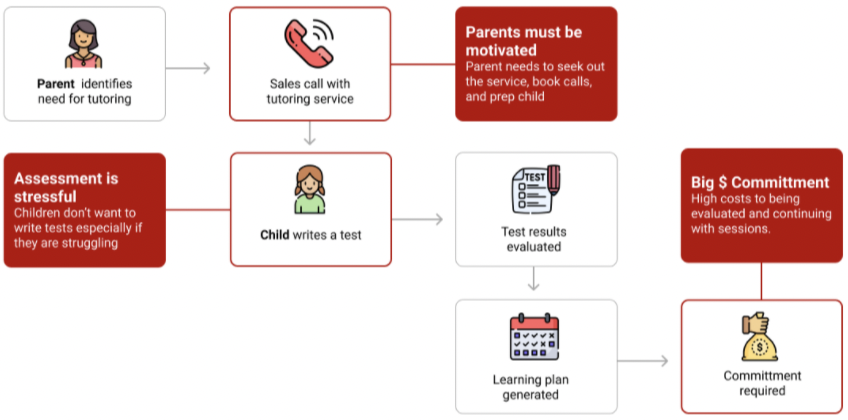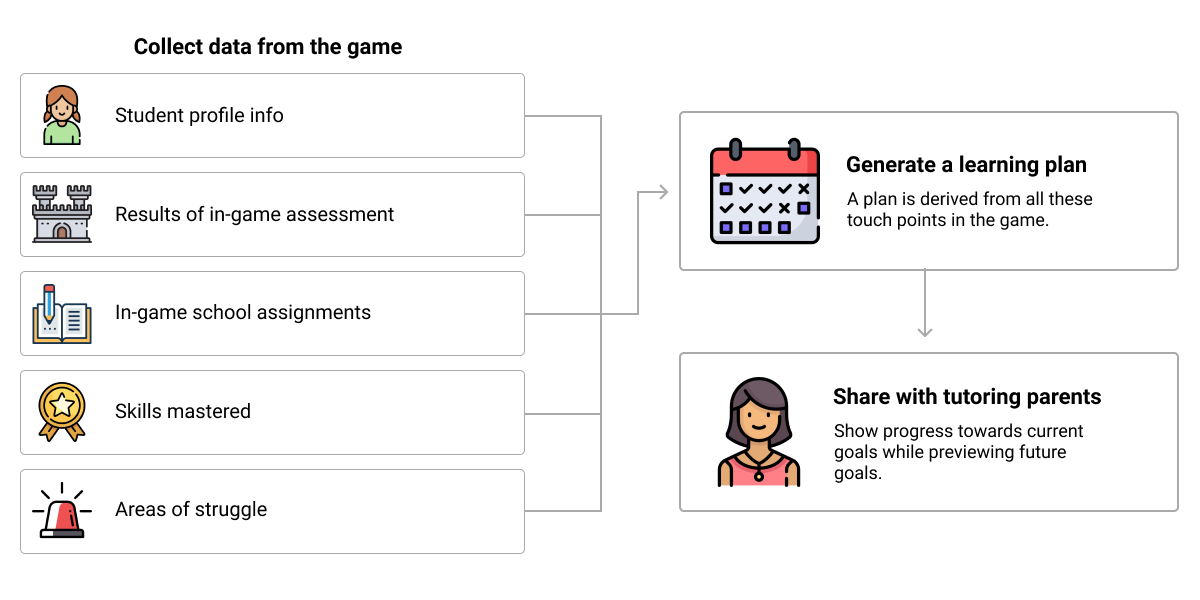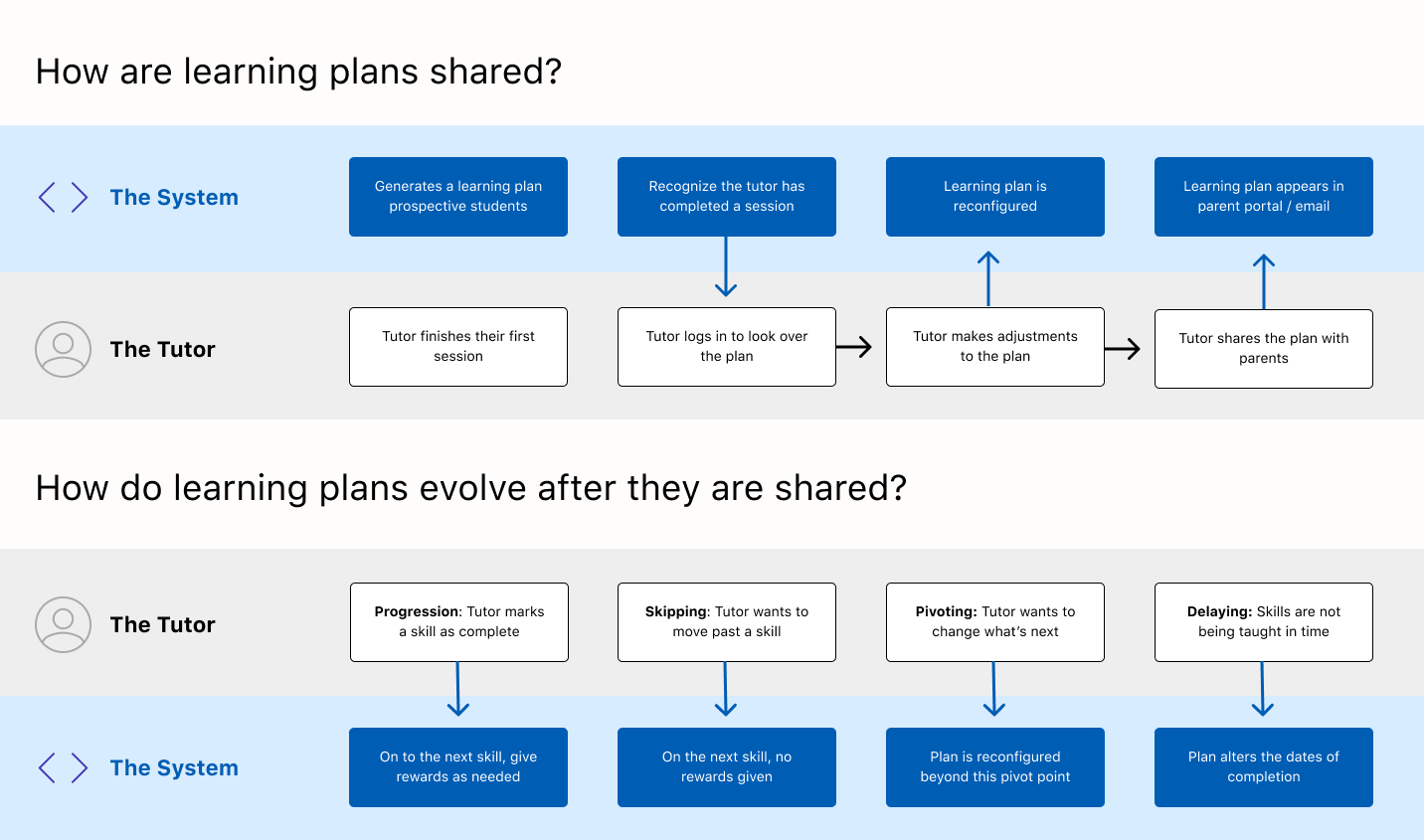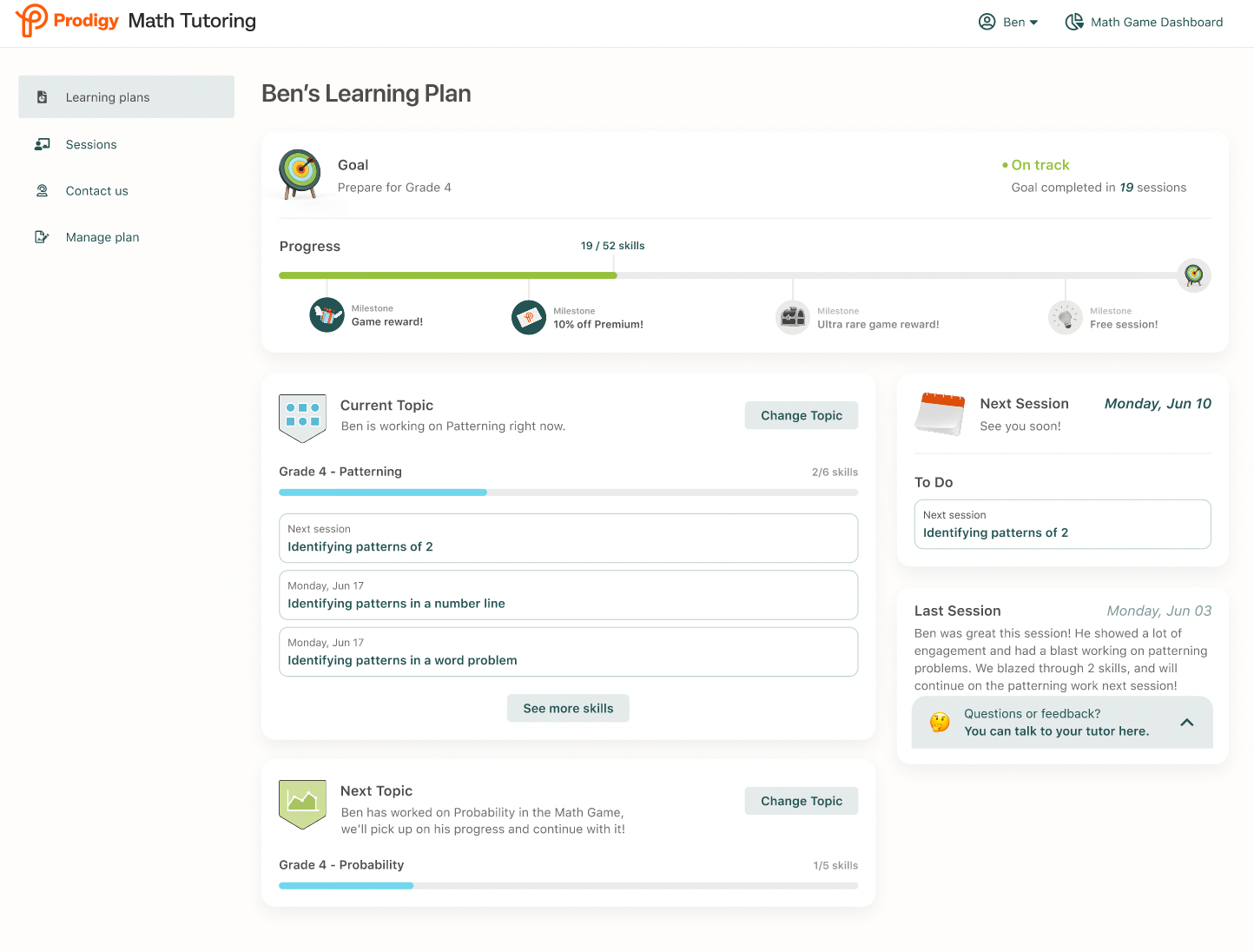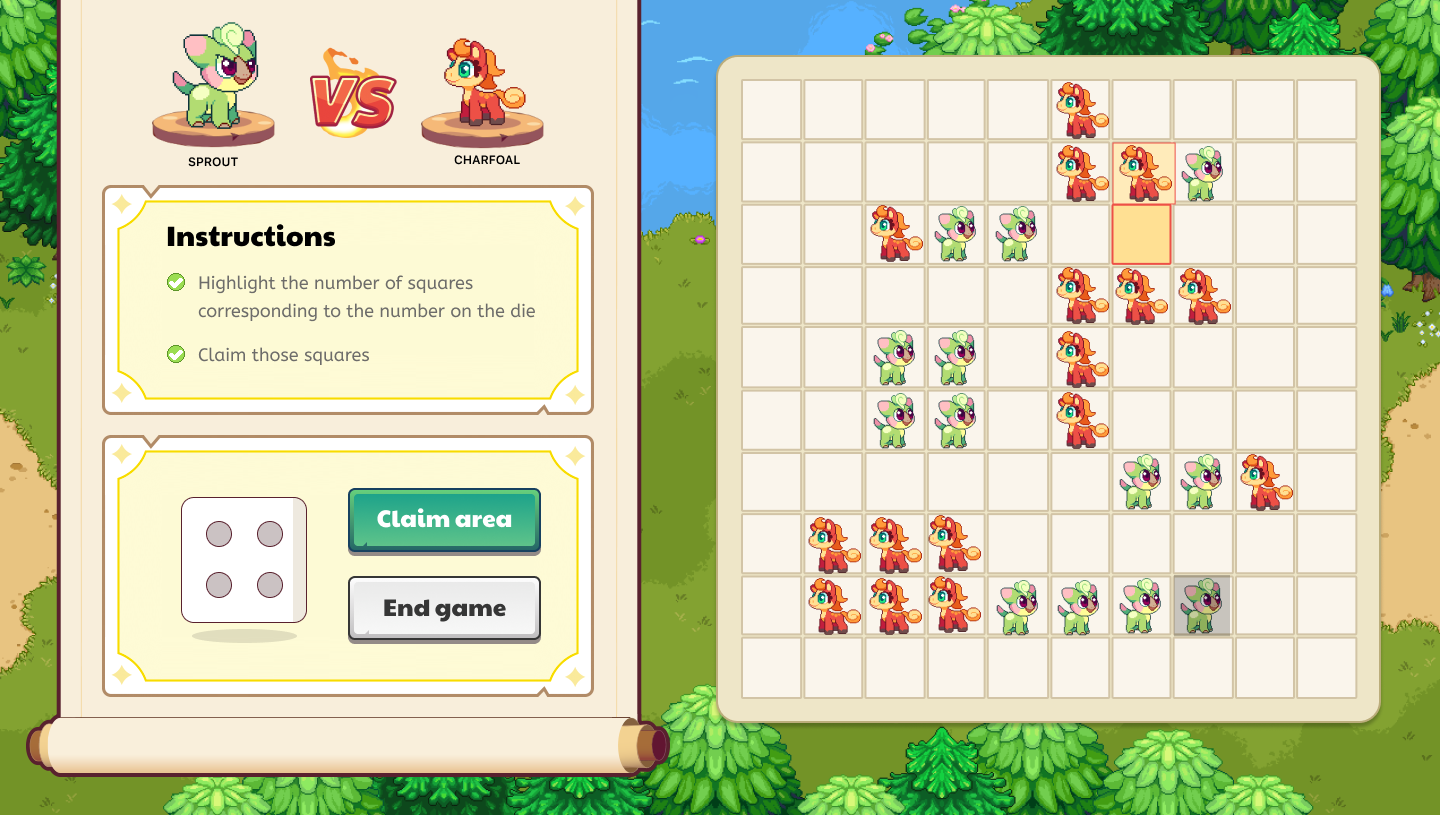How Prodigy works
Prodigy mantains a database of lessons and curriculums that are matched with each child based on age, aptitude and location.
In the Prodigy game, children compete in Pokemon style battles by answering math questions from the database.


